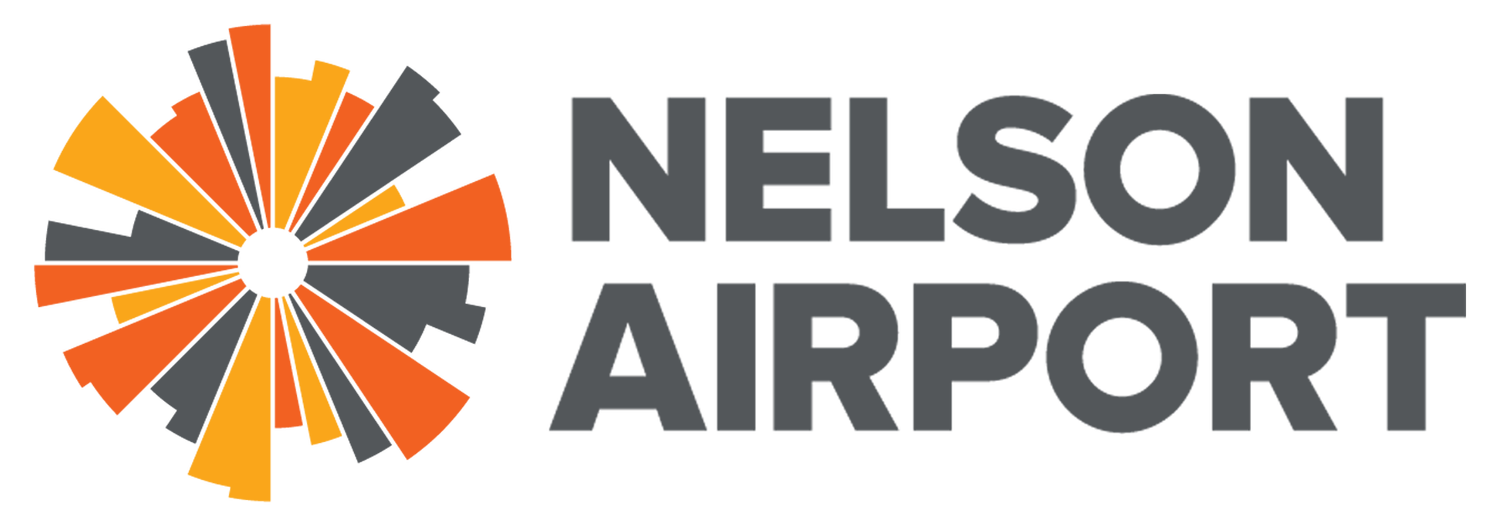Drones are reaching new heights this Christmas, with the flying vehicles proving one of this year's hottest Christmas presents.
However, the popular gadgets come with a word of warning.
Airport staff are warning it is illegal to fly a drone anywhere in controlled airspace - without a license and clearing it with air traffic control first.
The controlled airspace extends several kilometres from all New Zealand airports, meaning that getting your drone a few metres off the ground could be illegal.
Nelson Airport chief executive Rob Evans said he wanted people to enjoy their new drones, as long as they they did it within the Civil Aviation Authority's (CAA) regulations.
He said the drones could be a real hazard to any other airspace users.
"Drones are a hot product on many people's Christmas list this year, which isn't surprising, they are great fun and the video footage they can capture looks amazing. But, everyone who flies one needs to know there are rules around where they can be legally used to avoid potentially endangering people and property, as well as other airspace users", Evans said.
"What we are asking people to do is take 10 minutes to have a look at how they can fly their new drone safely."'
Evans said people should check out the website airshare.co.nz for more details on the rules.
He said there had been reports of drones, or Remotely Piloted Aircraft System (RPAS), flying illegally in Nelson. The airport reported the incidences to the police and the CAA.
"As well as a toy, they can be used for surveying or events. They're a useful tool in the modern age but they just need to be kept within the rules."
Meanwhile, retailers stocking drones in the Nelson region were reporting bumper sales of the vehicles.
Harvey Norman sales team member Cornell Kemp said they were selling a range of drones from the $40 ones to higher-end models costing up to $4000. He estimated about four a day were flying off the shelves with the number rising to double figures over the weekend.
Nelson Jaycar manager Melissa Pulowski said the store had sold around 20 drones already in December.
"They're probably one of the hottest things we have in the shop."
CAA has released fliers for stores to hand out to drone buying customers to make users were aware of the flying restrictions.
CAA occurrence statistics showed a "significant increase" over the last two years of RPAS reported, reaching 172 in 2016.
The main increase in 2016 has been reports of RPAS operating over people and property without their permission or being operated in a potentially hazardous manner. In both categories twice as many reports were received in 2016 than in 2015. Reports of RPAS operating in controlled airspace without a clearance have also increased in 2016.
CAA senior communications advisor Philippa Lagan said a "catastrophic" accident was unlikely but there had been some "near misses" in New Zealand.
In August, a commercial flight to Queenstown was forced to change course to avoid hitting an RPAS and in 2015 there was a close call between an RPAS and a plane leaving Christchurch.
The drones have also caused a stir with our feathered friends.
Managers of the Northern Royal Albatross colony on Otago Peninsula were concerned about increasing numbers of drones being flown over the birds, causing a risk to the threatened species.
Lagan said penalties for breaching RPAS regulations could range from a fine, a written warning or prosecution by the CAA.
- Stuff

